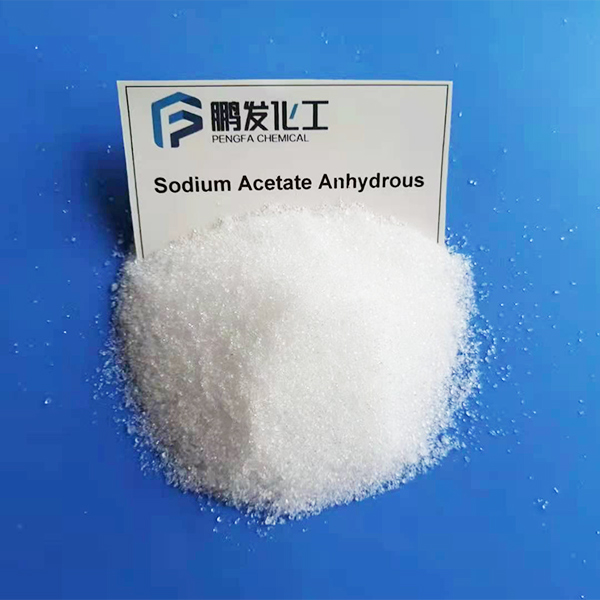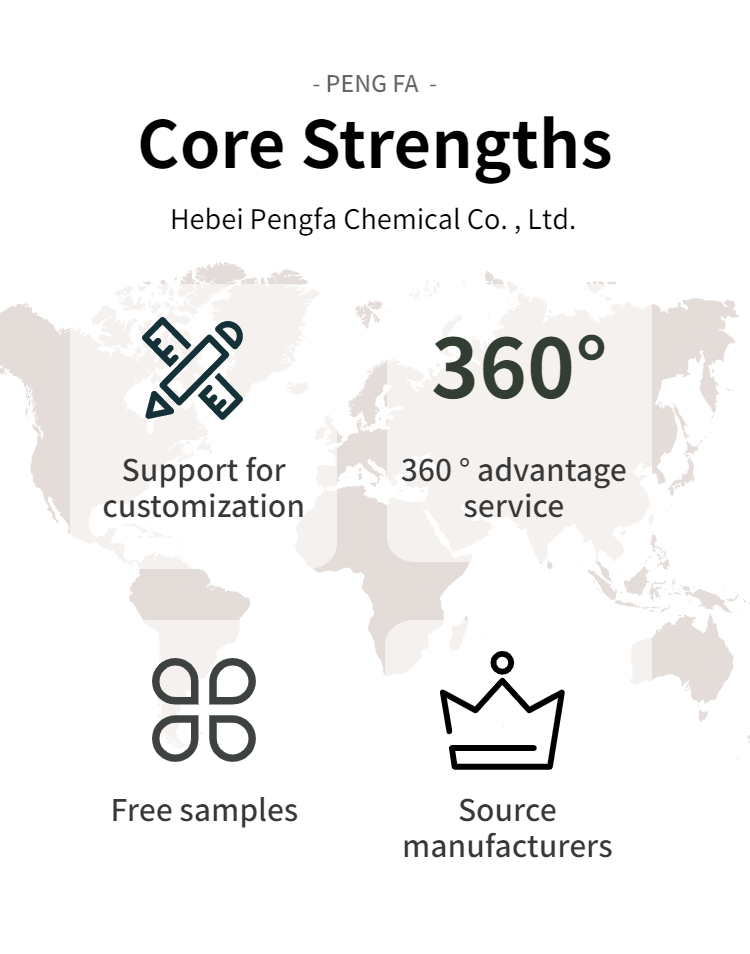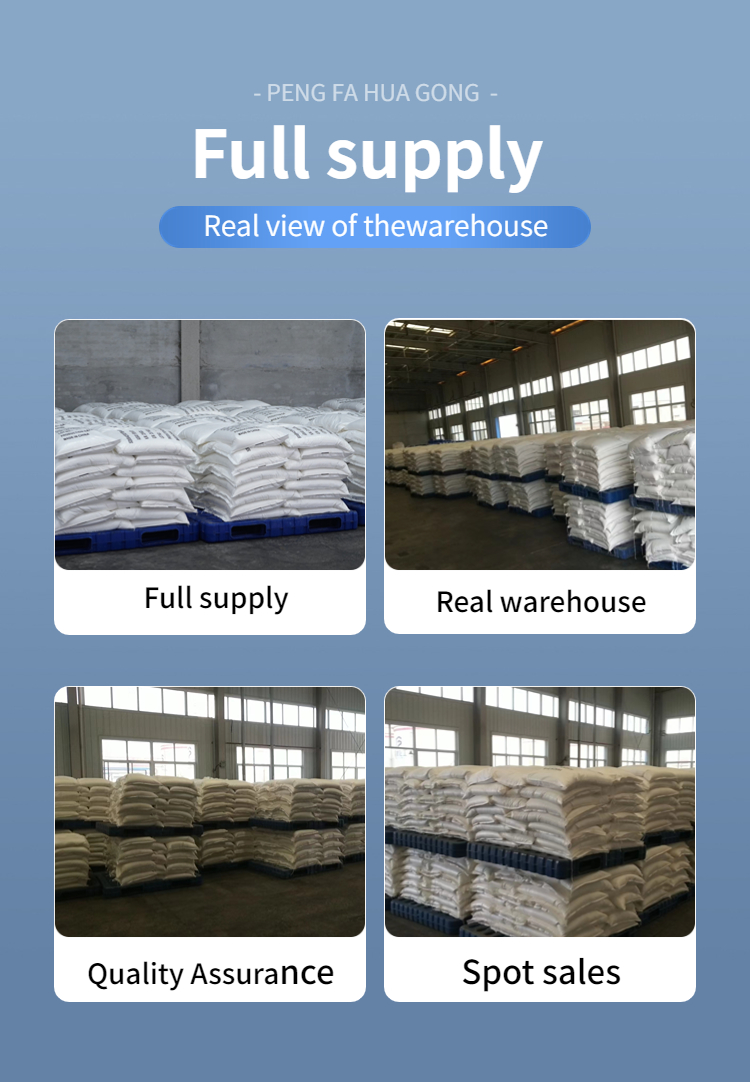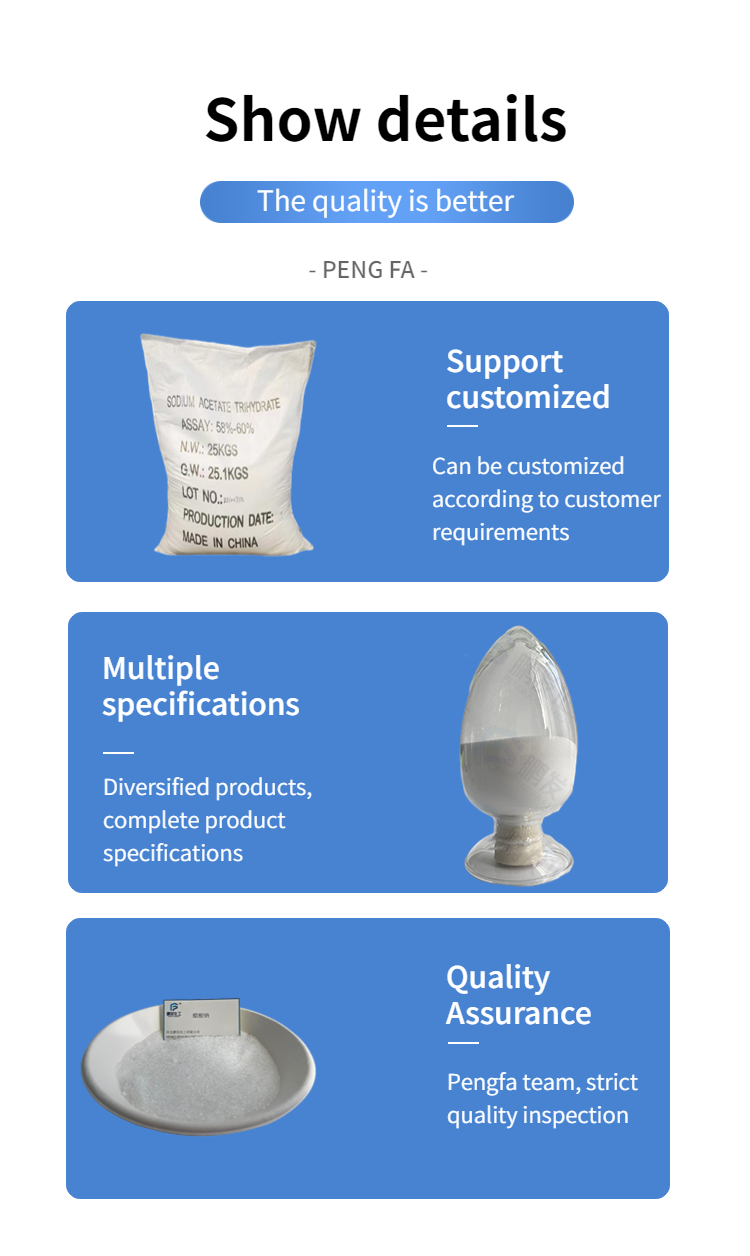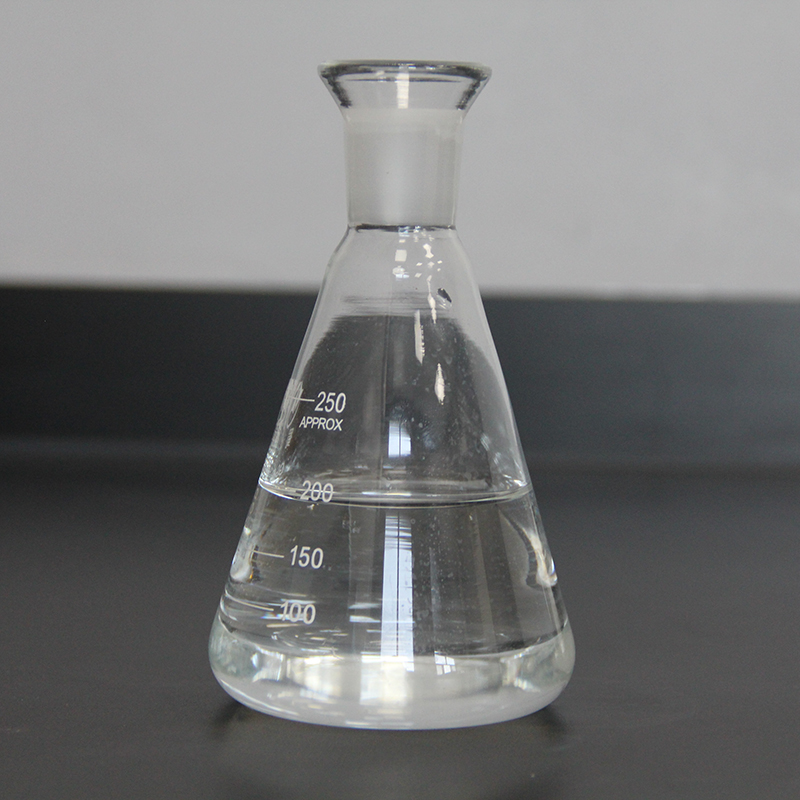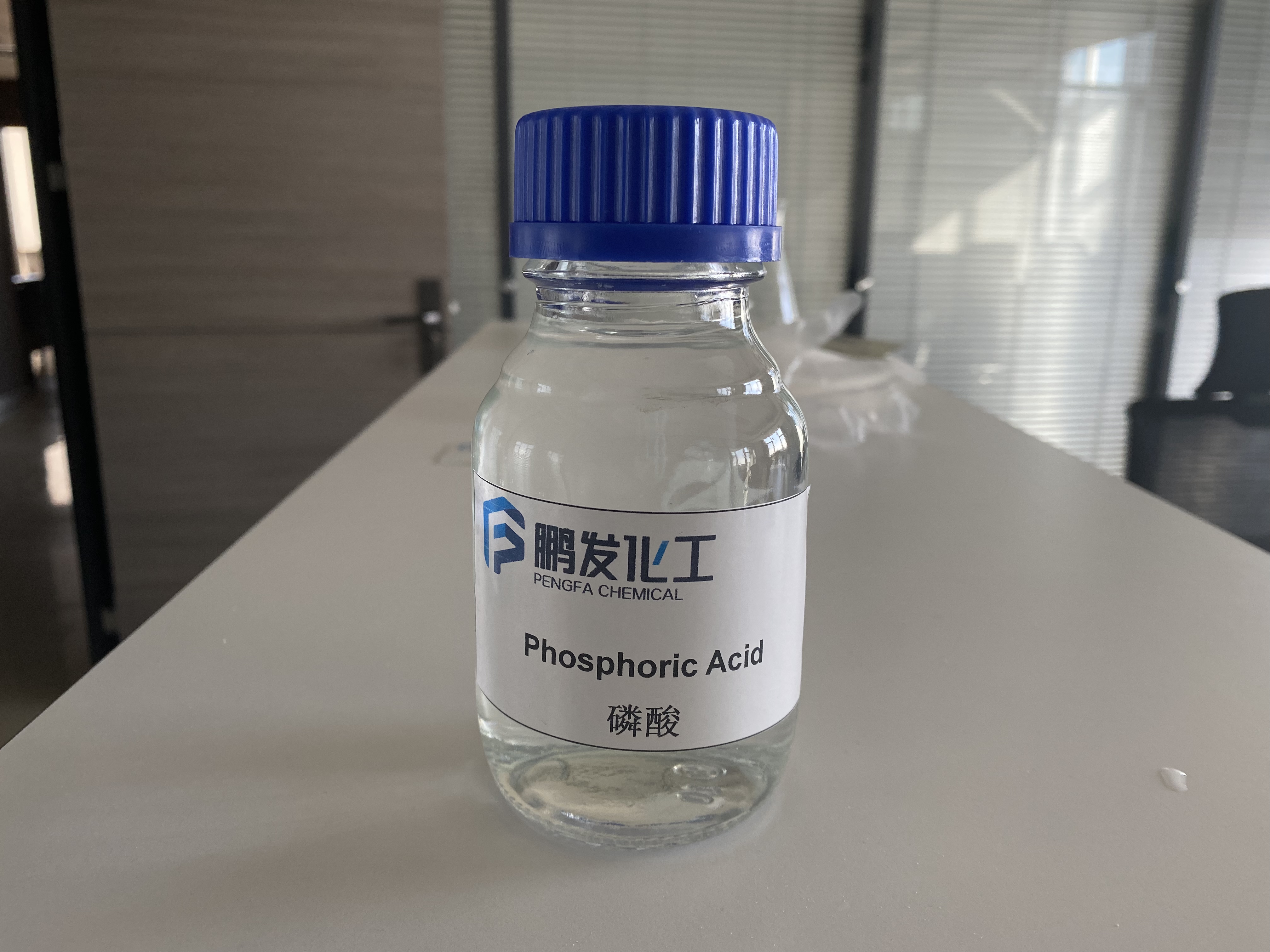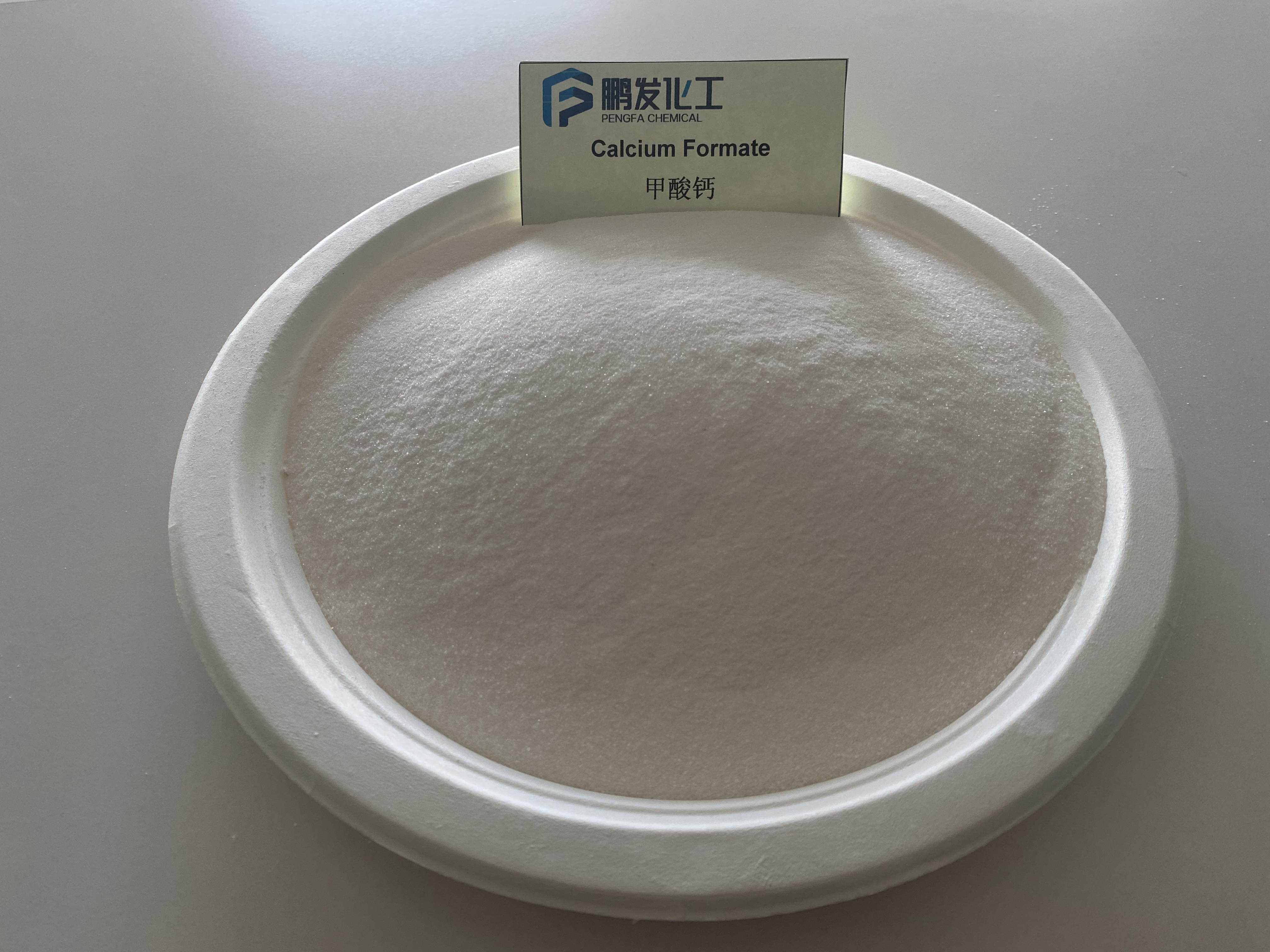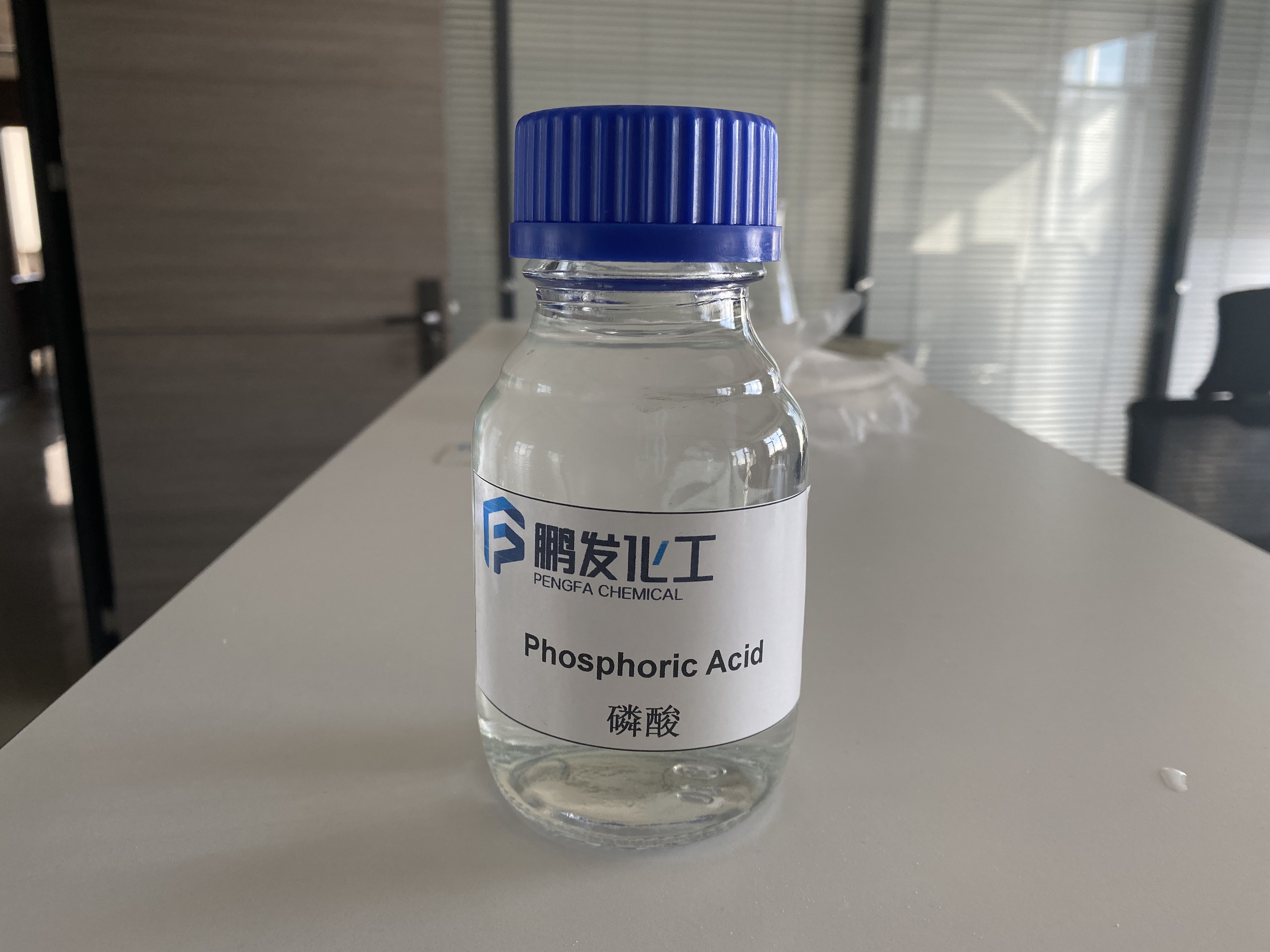Sodium Acetate Anhydrous
Physicochemical properties:
1. Colorless and transparent monoclinic prismatic crystal or white crystalline powder, odorless or slightly vinegar smell, slightly bitter, easy to weather in dry and humid air.
2. Solubility water (46.5g/100mL, 20℃, PH of 0.1mol/L aqueous solution is 8.87), acetone, etc., soluble in ethanol, but insoluble in ether.
3.Melting point (℃): 324
Storge
1. Store in a sealed and dry place.
2. Packed with plastic bag lined, woven bag or gunny bag as outer coat. Sodium acetate is deliquescent, so it should be protected from moisture during storage and transportation. It is strictly forbidden to contact with corrosive gas, prevent exposure to the sun and rain, and transport it with rain cover.
Use
1. Determination of lead, zinc, aluminum, iron, cobalt, antimony, nickel and tin. Complexing stabilizer. Auxiliary, buffer, desiccant, mordant for acetylation.
2. Used to determine lead, zinc, aluminum, iron, cobalt, antimony, nickel, and tin. Used as an esterification agent in organic synthesis and many aspects such as photographic drugs, medicines, printing and dyeing mordants, buffers, chemical reagents, meat preservatives, pigments, tanning, etc.
3. Used as a buffer, flavoring agent, flavoring agent and pH regulator. As a buffer of flavoring agent, 0.1%-0.3% can be used to alleviate bad odor and prevent discoloration to improve flavor. It has a certain anti-mold effect, such as using 0.1%-0.3% in surimi products and bread. It can also be used as a sour agent for seasoning sauce, sauerkraut, mayonnaise, fish cake, sausage, bread, sticky cake, etc. Mixed with methyl cellulose, phosphate, etc., used to improve the preservation of sausages, bread, sticky cakes, etc.
4. Used as a scorch inhibitor for sulfur-regulated chloroprene rubber coking. The dosage is generally 0.5 parts by mass. It can also be used as a crosslinking agent for animal glue.
5. This product can be used to add alkaline electroplating tin, but it has no obvious effect on the coating and electroplating process, and it is not a necessary ingredient. Sodium acetate is often used as a buffer, such as acid zinc plating, alkaline tin plating and electroless nickel plating.
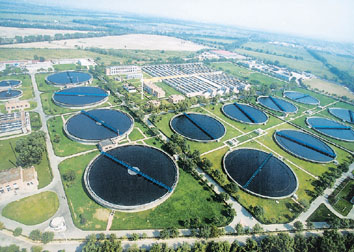

Quality specification
|
ITEM |
Pharmaceutical grade |
Food grade |
Industrial grade |
Europe |
Reagent grade |
|
Content % |
99.0-101.0 |
99.0-101.0 |
99.0-101.0 |
99.0-101.0 |
99.0-101.0 |
|
Appearance |
White, odorless, easy to dissolve, crystalline powder |
||||
|
20℃下5% pH |
7.5-9.0 |
7.5-9.0 |
7.5-9.0 |
8.0-9.5 |
7.5-9.0 |
|
Water insoluble%≦ |
0.05 |
0.05 |
0.05 |
0.01 |
|
|
Heavy metals(pb)%≦ |
0.001 |
0.001 |
0.001 |
0.001 |
|
|
Chloride(Cl)%≦ |
0.035 |
0.1 |
0.002 |
||
|
Phosphate(PO4)%≦ |
0.001 |
0.001 |
|||
|
sulfate(SO4)%≦ |
0.005 |
0.05 |
0.003 |
||
|
Iron(Fe)%≦ |
0.01 |
0.001 |
|||
|
Moisture (loss on drying 120℃, 240min)%≦ |
1 |
1 |
1 |
2 |
1 |
|
Free alkali(as Na2CH3)%≦ |
0.2 |
||||
|
Potassium compounds |
Pass the test |
||||
|
Arsenic(As)%≦ |
0.0003 |
0.0003 |
|||
|
Calcium(Ca)%≦ |
Pass the test |
0.005 |
|||
|
Magnesium(Mg)%≦ |
Pass the test |
Pass the test |
0.002 |
||
|
HG %≦ |
Pass the test |
0.0001 |
|||
|
lead(Pb)%≦ |
0.0005 |
||||
|
Reducing substances (calculated as formic acid)%≦ |
0.1 |
||||
|
Organic volatiles |
Pass the test |
||||

